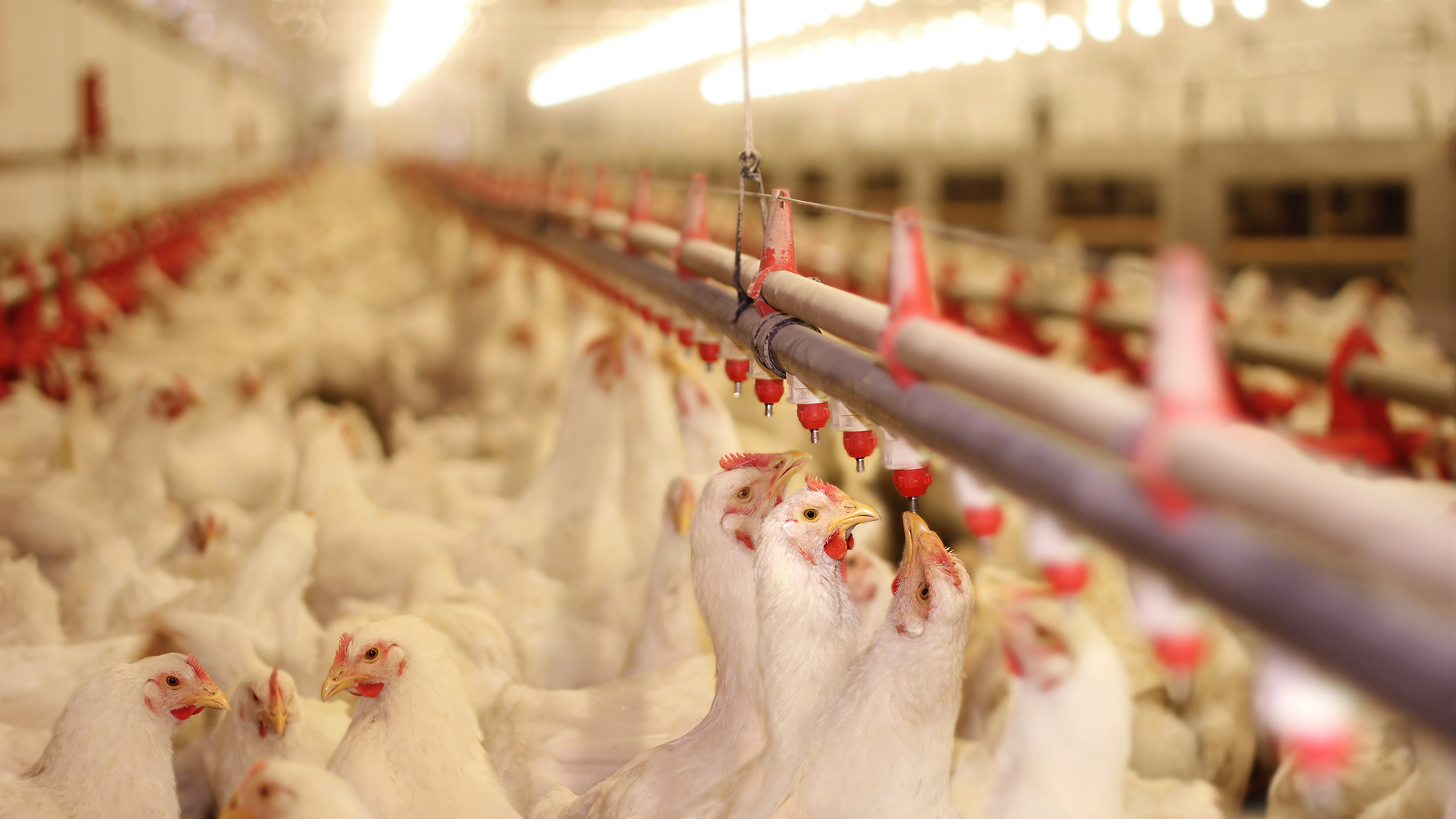

Chicken feathers, much like human hair and fingernails, are composed mostly of a tough protein called keratin. And like with your own hair and nails, the birds produce a lot of feathers over the course of their lives. Generally speaking, this isn’t a big issue—but it’s another matter for the food industry. Each year, approximately 40 million metric tons of chicken feathers are incinerated during the poultry production process, releasing harmful fumes like carbon and sulfur dioxide.
Finding a new use for all those feathers could dramatically cut down on food waste and pollution, and a team of researchers may have figured out what to do with them: turn feathers into a vital component of green hydrogen fuel cells.
[Related: Why you should build a swing for your chickens.]
As detailed in a new paper published via ACS Applied Materials & Sciences, scientists from ETH Zurich and Nanyang Technological University Singapore (NTU) have developed a method to extract feathers’ keratin and spin it into thin fibers called amyloid fibrils. From there, these fibrils can be installed as a hydrogen fuel cell’s vital semipermeable membrane. Traditionally composed of highly poisonous “forever chemicals,” these membranes allow protons to pass through while excluding electrons. The blocked electrons are then forced to travel via an external circuit from negative anodes to positive cathode, thus creating electricity.
“Our latest development closes a cycle: [we took] a substance that releases CO2 and toxic gasses when burned, and used it in a different setting,” Raffaele Mezzenga, a professor of food and soft materials at ETH Zurich, said in a recent university profile. “With our new technology, it not only replaces toxic substances, but also prevents the release of CO2, decreasing the overall carbon footprint cycle.”
According to researchers, the keratin-derived membranes are already cheaper to produce in a lab setting than existing synthetic hydrogen fuel cell membranes, and hope similar savings will translate to mass production. The team has applied for a joint patent, and is now looking for partners and investors to make the product publicly available. Still, a number of hurdles remain for the fuel cells to become truly viable renewable energy sources. While hydrogen cells’ only emissions are heat and water, the power that actually helps generate their electricity still largely stems from natural gas sources like methane. Such a reliance arguably undercuts hydrogen fuel cells’ promise of green energy.
But even there, chicken feathers could once again come to the rescue. The keratin membranes reportedly also show promise in the electrolysis portion of hydrogen energy production, when direct current travels through water to split the molecules into oxygen and hydrogen.
